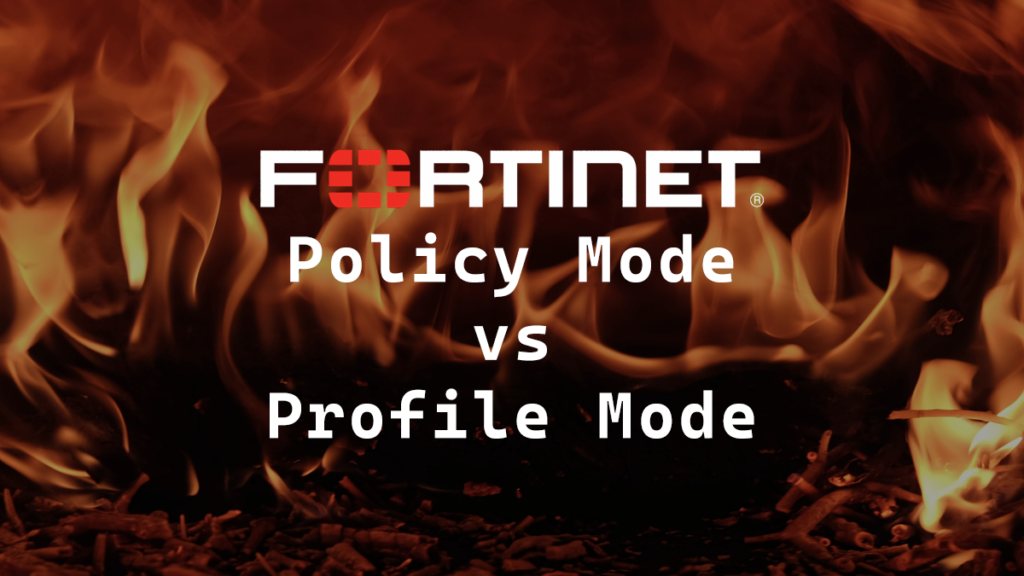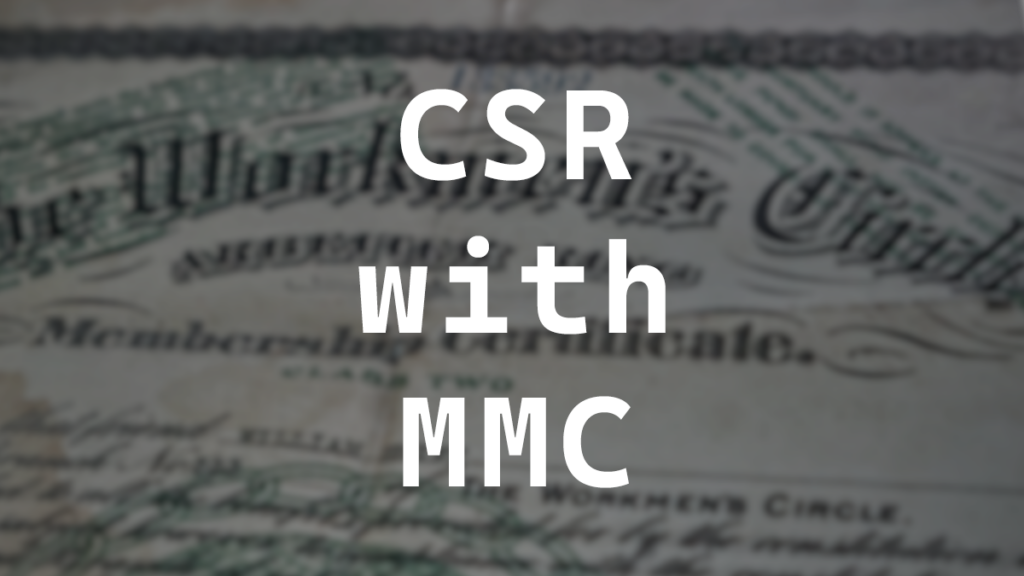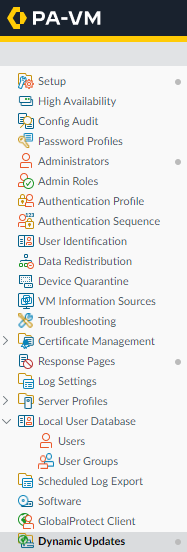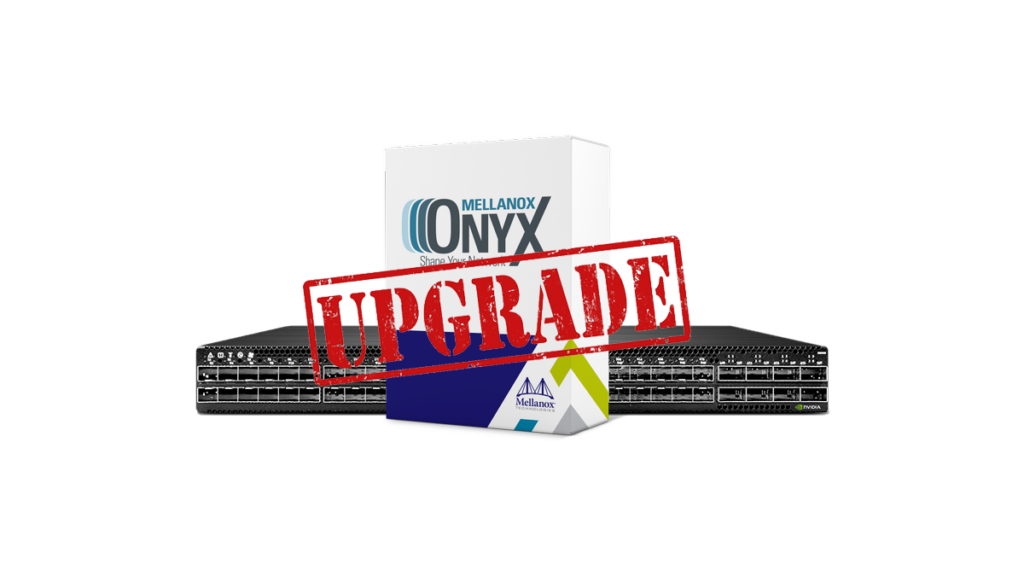By default all Fortinet FortiGates are in Profile-based NGFW mode. There is nothing wrong with the default mode. However, I personally prefer policy mode more.
Profile mode works like most firewalls like SonicWall, pfSense and UniFi for example. All your rules are based on ports.
Policy mode works like Palo Alto Networks firewalls. All your rules are only based on ports if you define them but where the real power comes in is application based rules.
To better show the differences here’s an example. I am using Central SNAT in profile mode to keep it as similar as possible to Policy mode.
The Setup
- VLAN for the Guests network and the IoT network and they are on a tagged interface.
- The Corp network is untagged on interface x1.
- An object exists for the entire Guest LAN and the entire IoT LAN. I’ve colored them blue.
- An object exists for the DHCP server on the Corp network. I’ve colored it green.
- I will make a rule to allow the Guest and IoT network to talk to the DHCP server on the Corp network to get a DHCP address.
Profile Mode
In profile mode I will build the Firewall Policy rule like this.
- Name: Allow DHCP
- Incoming Interface: Guests and IoT
- Outgoing Interface: Corp
- Source: Object for the Guest LAN and IoT LAN
- Destination: Object for the DHCP server on the Corp LAN
- Service: DHCP and DHCP6
Here is what that rule looks like.
…

































